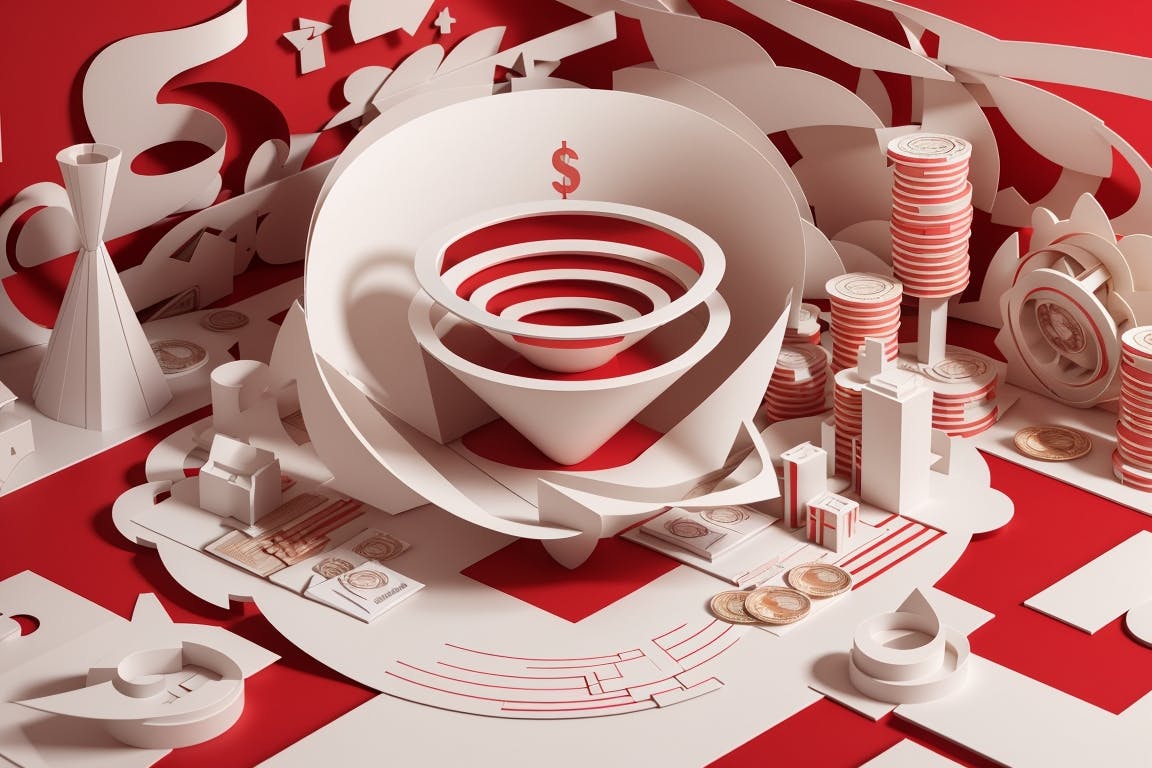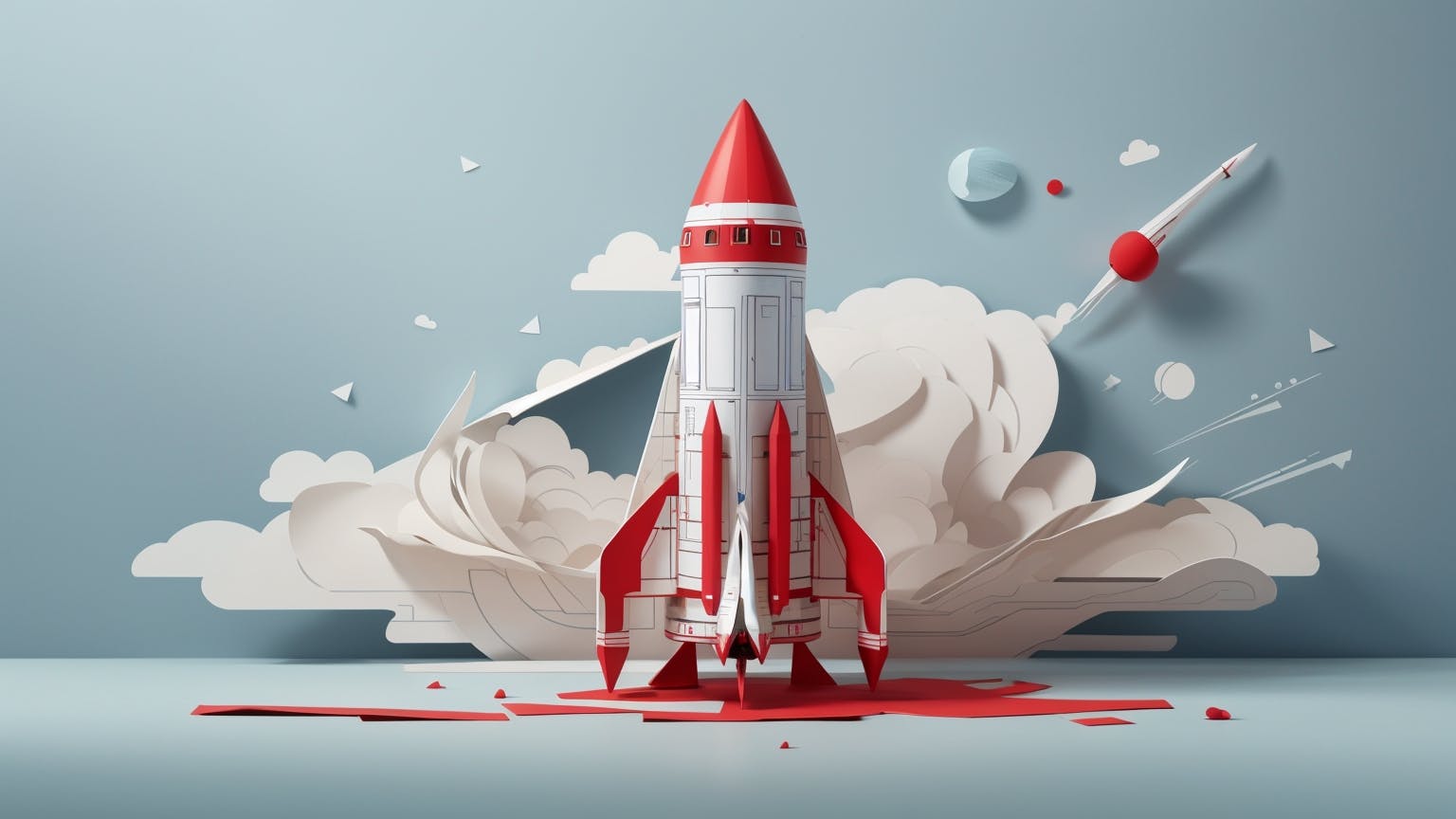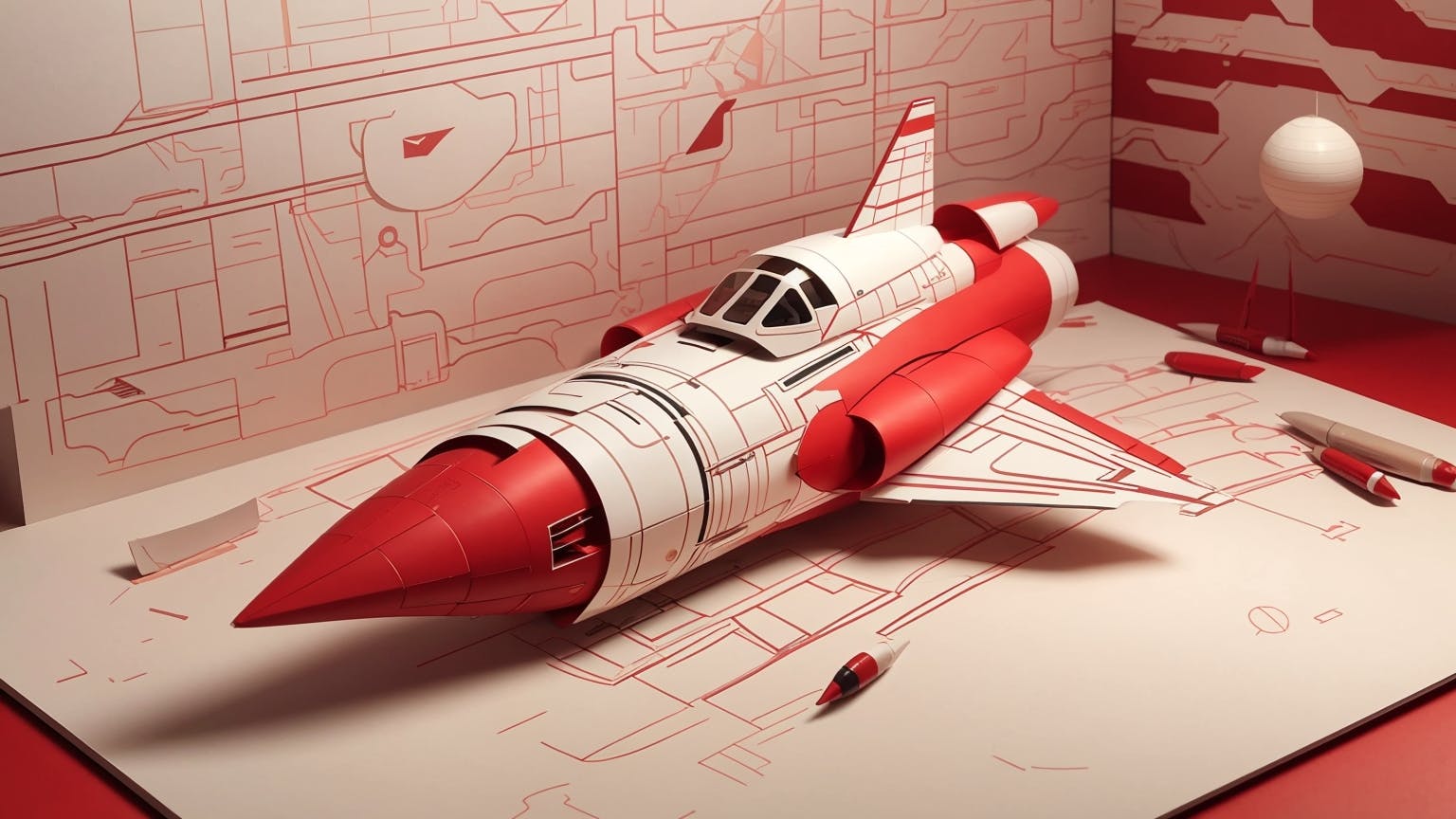3D Modeling: Bringing B2B Concepts to Life in Three Dimensions

Artwork generated with prompt workflow by Dré Labre
In the rapidly evolving landscape of business-to-business (B2B) engagements, the ability to visualize complex concepts in a tangible form can provide a significant competitive edge. This is where the power of 3D modeling comes into play, offering a sophisticated means to bring ideas to life in three dimensions. 3D modeling is not merely about creating digital representations; it is an art that requires a deep understanding of computer graphics principles, a keen eye for lighting and texturing, and the ability to animate virtual objects to simulate real-world scenarios.
Mastering the skills necessary for high-quality 3D modeling involves a significant investment of time and effort. Professionals in this field must be adept at using advanced software tools that allow them to construct detailed virtual models. This expertise enables businesses to create prototypes of products long before they enter production, facilitating rapid testing of features and functionality. By identifying and addressing potential issues early in the development process, companies can significantly reduce both the time and cost associated with bringing new products to market.
The Difference between 3D Modeling and 3D animation
While 3D modeling and 3D animation are closely related disciplines within the realm of computer graphics, they serve distinct purposes and require different skill sets. Understanding the nuances between these two processes is essential for businesses looking to leverage their capabilities effectively.
3D Modeling
3D modeling involves the creation of three-dimensional virtual representations of objects or scenes using specialized software. This process is akin to digital sculpting, where geometric shapes and structures are meticulously constructed to define the form, volume, and intricate details of an object. 3D models can be developed from scratch, relying on the artist's imagination and skill, or they can be based on existing reference materials such as sketches, photographs, or physical objects.
The primary purpose of 3D modeling is to produce static representations or digital prototypes of objects, environments, or characters. These models serve as foundational elements for a wide range of applications, including architectural visualization, product prototyping, video game development, and virtual reality experiences. The focus here is on accurately capturing the physical attributes and aesthetic details of the object or scene, ensuring that the virtual representation mirrors reality as closely as possible.

Artwork generated by Dré Labre
3D Animation
In contrast to 3D modeling, 3D animation breathes life into static models by introducing movement and creating the illusion of motion. This process involves manipulating 3D models over time to craft dynamic sequences or scenes. Animators use specialized software to choreograph the motion, behavior, and appearance of objects and characters within a virtual environment.
The animation process involves defining keyframes or poses that represent significant points in the animation timeline. The software then generates the in-between frames, known as interpolation, to ensure smooth transitions between keyframes. Additionally, animators can enhance their creations by adding lighting, textures, and special effects, resulting in animations that are not only visually stunning but also emotionally engaging.
3D animation finds applications in a variety of media, including films, television shows, video games, advertisements, and other multimedia productions. It plays a crucial role in storytelling, conveying emotions, and captivating audiences through the movement, performance, and timing of objects and characters.
In summary, while 3D modeling focuses on crafting static representations of objects or scenes, 3D animation involves bringing those models to life through movement and motion. Both processes are integral components of computer graphics, often working in tandem to produce visually compelling media.
Benefits for Audiences
For B2B audiences, 3D modeling and animation offer a multitude of advantages that can revolutionize the way businesses operate and communicate. One of the most significant benefits is the elimination of the need for physical prototypes. Instead, businesses can utilize 3D models to create accurate and realistic product simulations for marketing and testing purposes. This shift not only reduces costs associated with prototyping and manufacturing but also allows for swift identification and rectification of design flaws or necessary changes before production begins.
Moreover, 3D modeling provides increased accuracy in measuring product dimensions, enabling manufacturers to determine precise component sizes or the overall dimensions of an item before it is produced. This precision streamlines the production process, ensuring that products are manufactured to exact specifications and reducing the likelihood of costly errors.
The use of 3D modeling and animation extends beyond product development, offering opportunities to enhance marketing strategies and customer engagement. Businesses can create immersive and interactive presentations that captivate their target audience, providing a deeper understanding of products and services. This technology allows for the visualization of complex concepts, making them more accessible and relatable to potential clients and partners.

Artwork generated by Dré Labre
Taking Advantage of this Technology
In the fiercely competitive B2B market, businesses must seize every opportunity to make a lasting impression. Three-dimensional work offers a powerful marketing tool that can set companies apart from their competitors. By leveraging 3D modeling, businesses can create realistic and visually captivating content that resonates with their audience and leaves a lasting impact.
The versatility of 3D modeling extends across industries, from architecture and engineering to healthcare and entertainment. In architecture, for example, 3D modeling allows architects to visualize and refine building designs, simulating everything from structural integrity to interior aesthetics. In healthcare, medical professionals can use 3D models to better understand complex anatomical structures and plan surgical procedures with precision.
Furthermore, the integration of 3D modeling with emerging technologies such as augmented reality (AR) and virtual reality (VR) opens up new possibilities for immersive experiences. Businesses can provide clients with virtual tours of properties, interactive product demonstrations, and training simulations that enhance learning and engagement.
To harness the full potential of 3D modeling, businesses should collaborate with experienced professionals who understand the intricacies of this technology. Skilled 3D artists and animators possess the expertise needed to create high-quality and impactful content that aligns with a company's goals and objectives. By investing in the right talent and resources, businesses can unlock a new realm of creative possibilities that drive innovation and success.